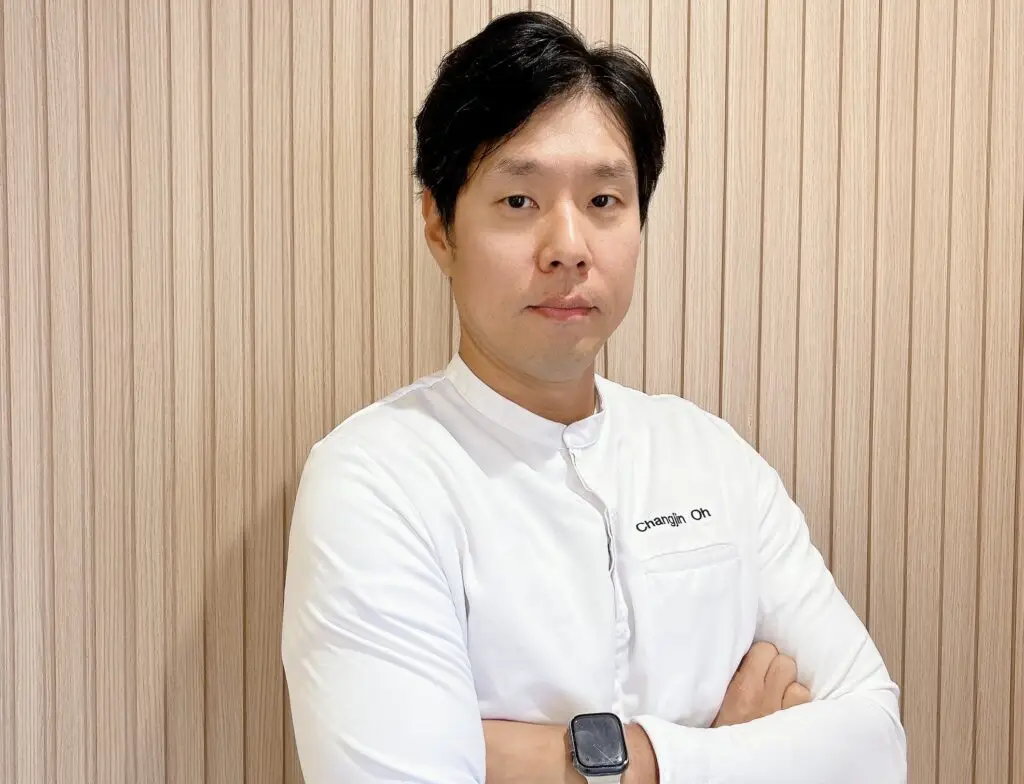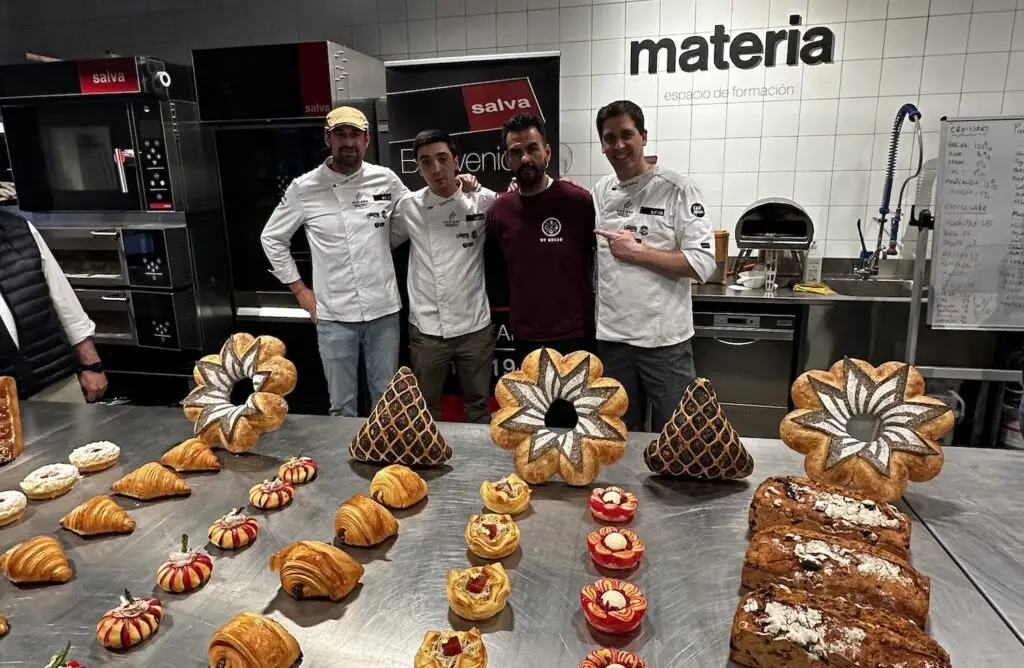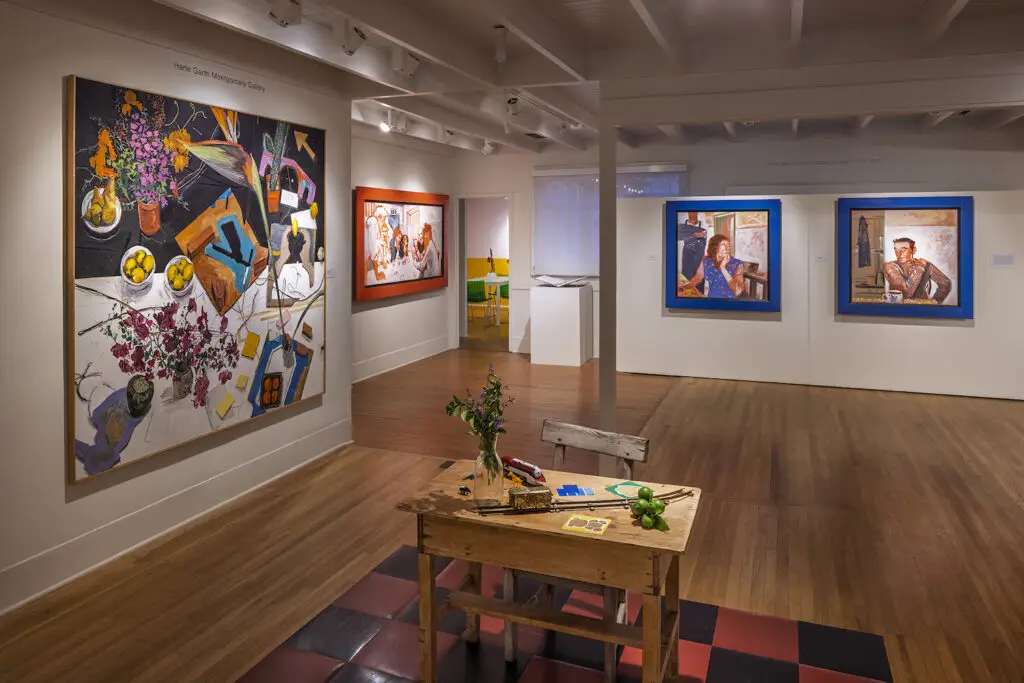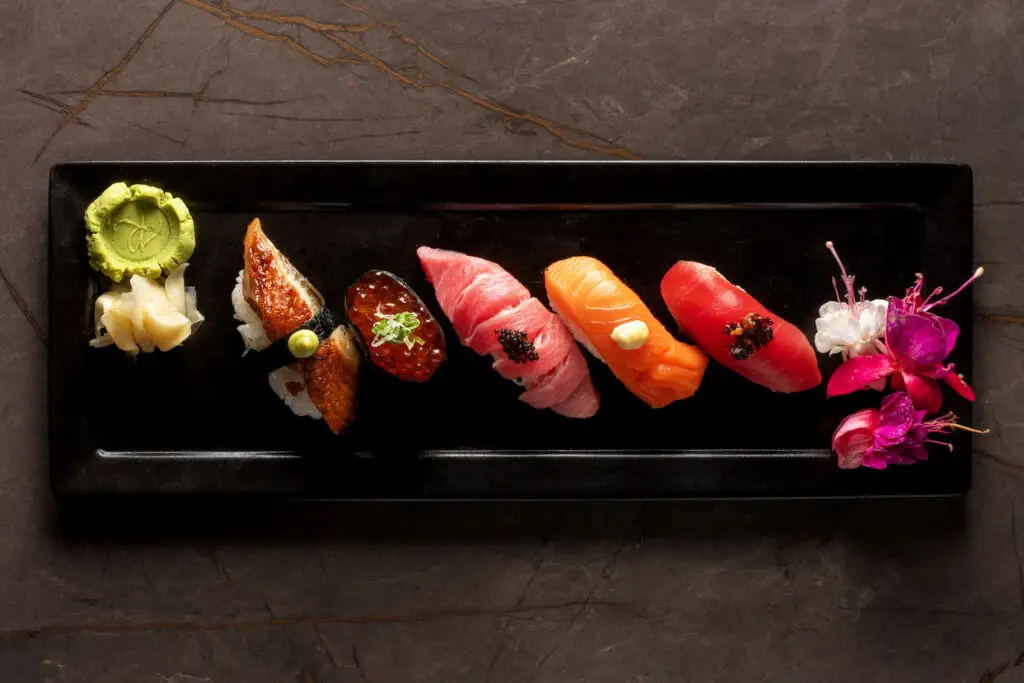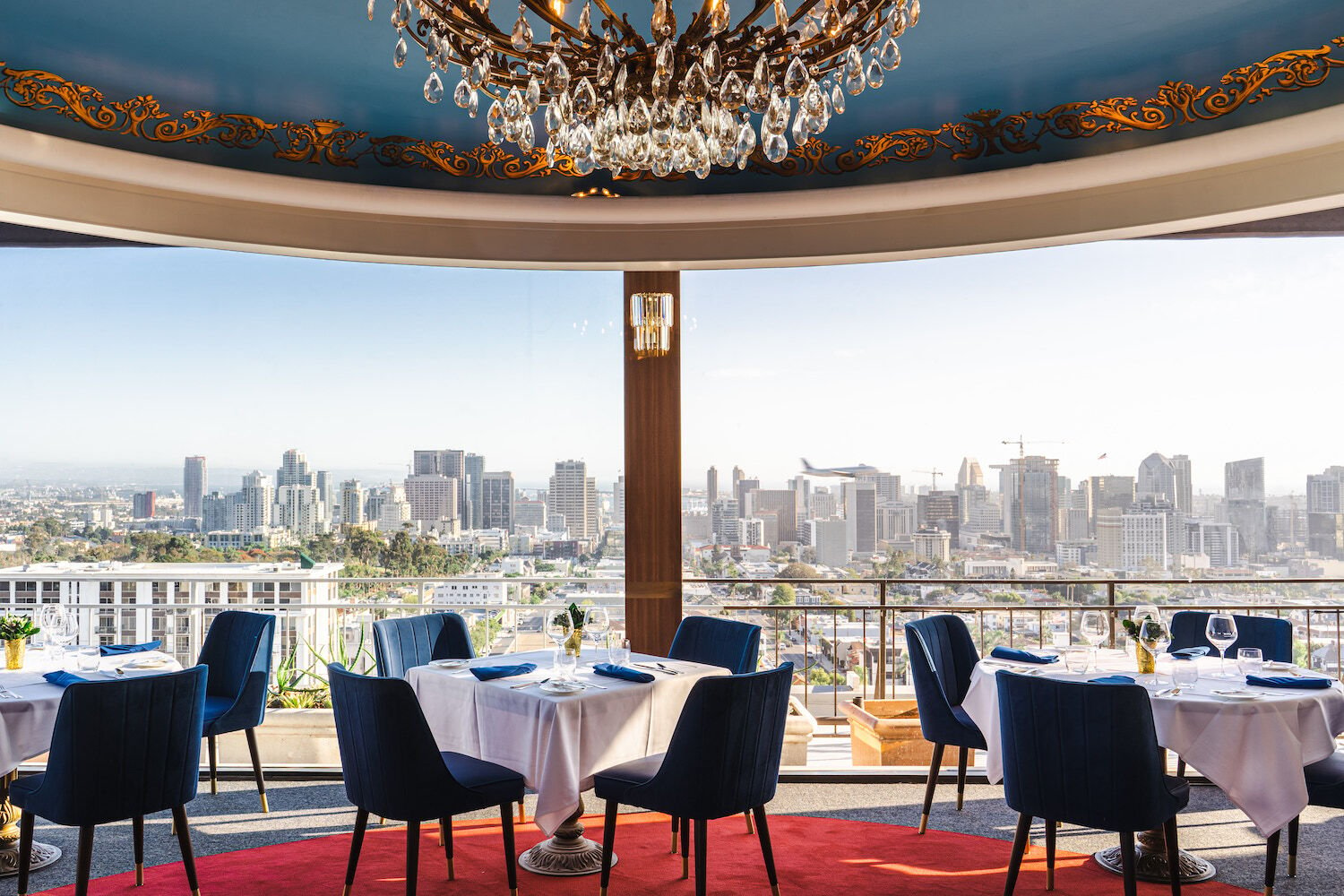Doesn’t a view like this kinda make you want to put on cufflinks?
Photo Credit: Kimberly Motos
The man in the tuxedo is staring at me. He is polished, emotionless. I am a fraud, and both he and I know it. It won’t be long before he escorts me by my shirt collar to the parking lot, where I’ll be forced to hand-wash the quality autos of the true dignitaries in this dining room.
My suit is a decade removed from current fashions, and one or two sizes too large. Diners speak in hushed, secretive tones, as if someone’s grandma has passed. My hands and arms—parts of me that I usually spend zero conscious thought on—seem conspicuous, out of place, awkward. I fold them in front of me on the table, but that makes me think of Jesus and the things I’ve done to disappoint him.
So I put them in my lap and clear my throat. No good reason for the throat-clearing, really. I just wanted to make noise and be part of the conversation without actually talking. Because talking would reveal that I don’t have the conversational skills required in a well-carpeted place like this.
All this before bread arrives.
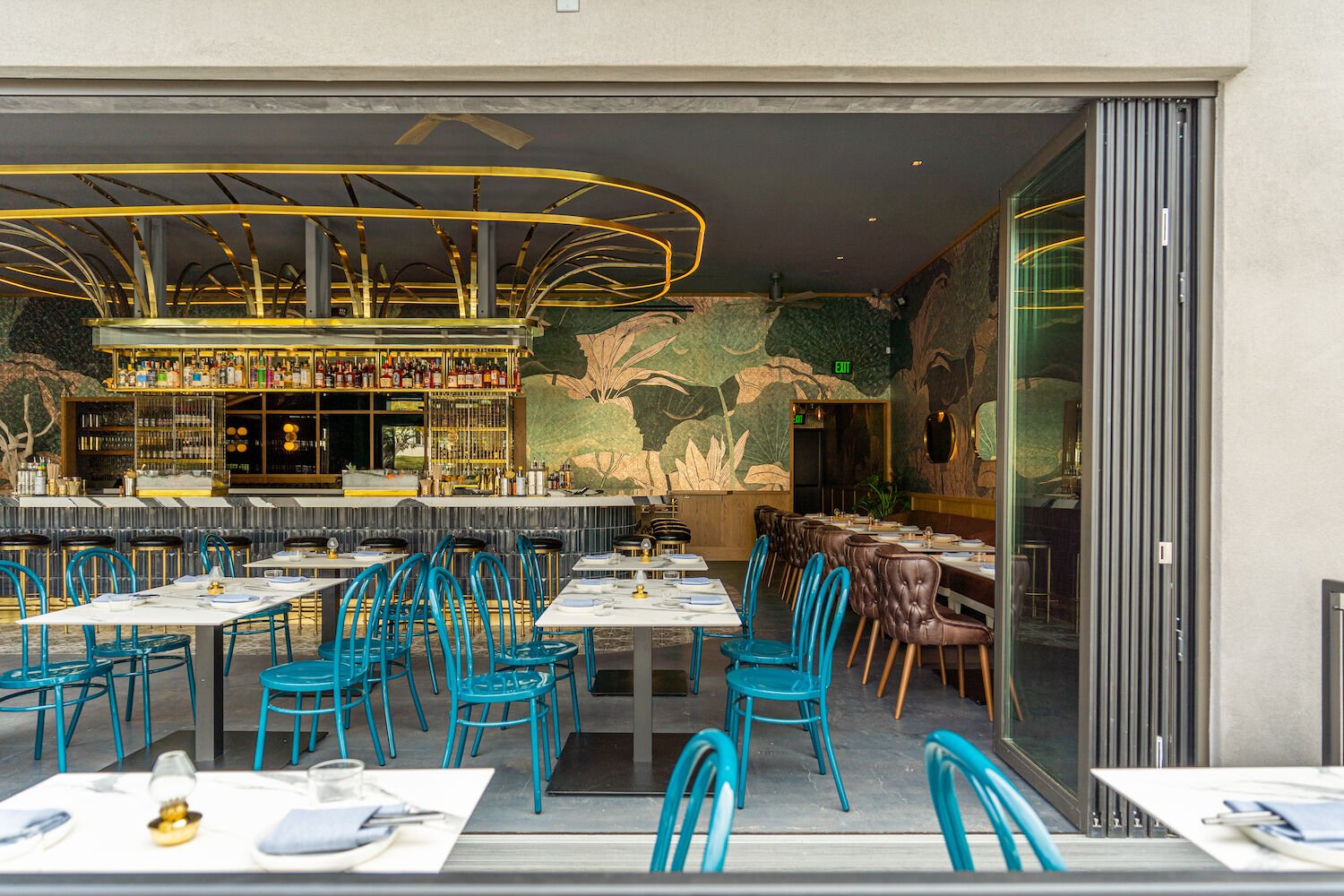
Inside Kingfisher in Golden Hill
Photo Credit: Kimberly Motos
Tuxedo man approaches, pulls out what appears to be a barber’s shaving blade or high-quality prison shank, and removes the crumbs from my place at the table. Shame has entered the chat. I just really want a pizza. Or ramen. Or a ramen pizza. Something cheap and easy, eaten on soft furniture or in a park.
That’s my first memory of dining at Mister A’s on my stepmom’s birthday in 1980. I was seven. Dad took us, and the whole thing felt like a kind of church service.
Now, decades later, I still love using my jeans as napkins while scarfing tacos. But I learned to love Mister A’s. To respect it for holding me—wrinkled, uncombed, flip-floppish me—to a more ambitious standard for a night out.
Today, Michelin-star chefs are used to serving schleps in flops. Dressing up for dinner has been cast as somehow pretentious, flaunting, fripperous social peacockery. Grande cuisine is dead. Bring on the artisanal pizza and negronis, served in a former auto shop (authentic oil-change stains!) with underarm hair poking out from the tank tops of patrons everywhere.
It’s partly due to the casualization of America, which has been happening for decades. It’s been quite a while since we twirled our parasols in the public park. Casual Fridays grew into Casual Decades. And San Diego is especially laidback. Never to be confused with Milan, our beach-vacation fashion sense is soft cotton–centric. We’re pretty proud to dress like dharma bums.
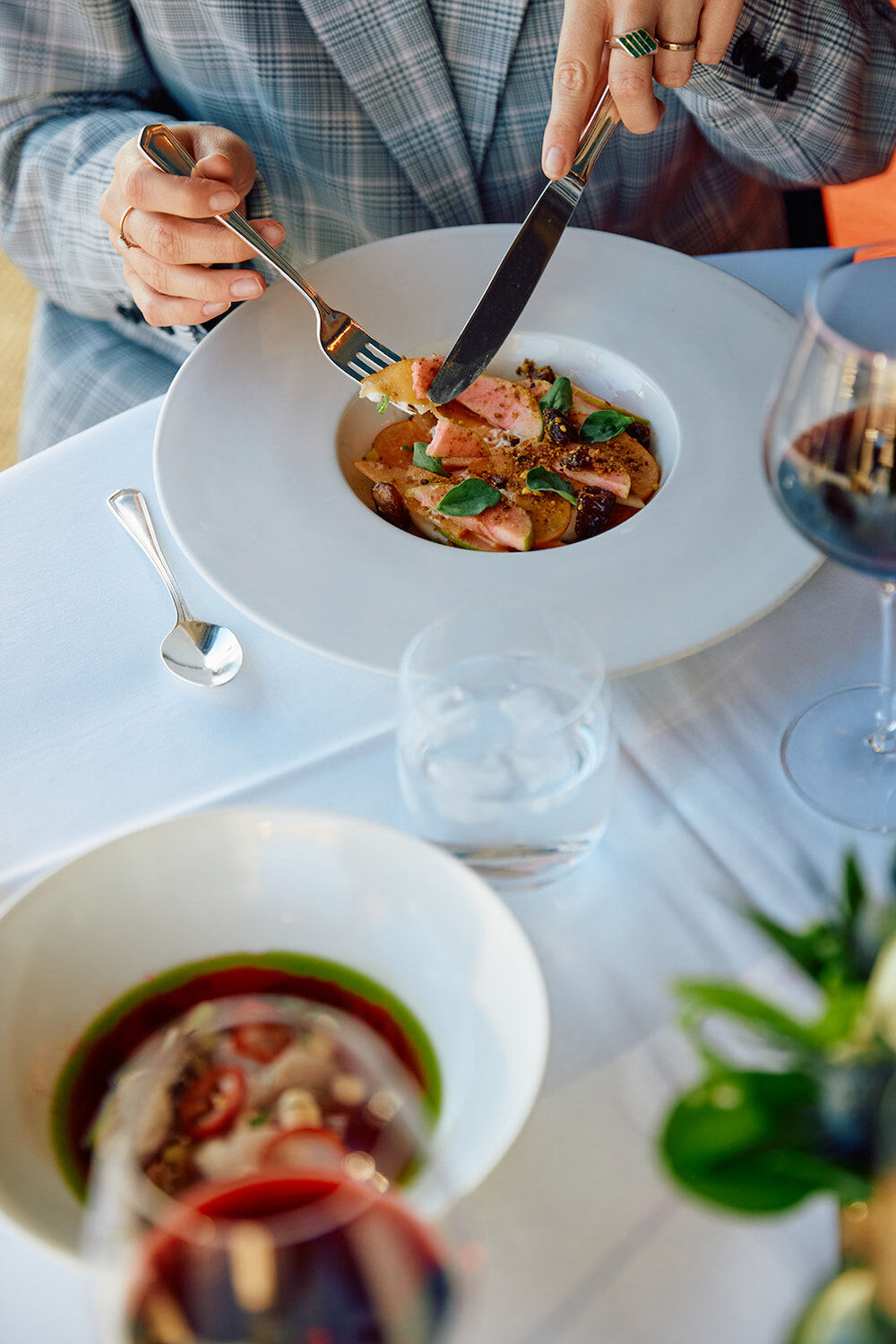
Fear the day when one looks around Mister A’s and sees not starched blazers but a sea of graphic tees
Photo Credit: Luciana McIntosh
The hyper-casualization of American restaurants really took off in 2008, when the economy took a nosedive from a tall, over-leveraged building. In the aftermath of any rough economic patch, it feels a little gauche to dress up just to dine in a public space. So formal, quiet restaurants were shuttered and informal, loud joints replaced them. People began eating duck confit in athleisure wear.
Mister A’s, while still holding us to certain standards, has loosened the dress code. Addison is unstarching. At Callie (2023 pick for Best Restaurant from both me and SDM readers), chef Travis Swikard wears a baseball cap, and you can do the same.
These restaurants are merely accommodating the way people want to eat. They’re listening to the times. And I’m part of the demand. Nine times out of 10, I’d rather eat somewhere with good music and communal tables, a place that gives zero damns about what I wear. Food tastes better in t-shirts. But I still want those restaurants that ask me to be more. A few eateries that say, “Iron something, Troy. Google ‘windsor knot’ for the 30th time. Just maybe try.”
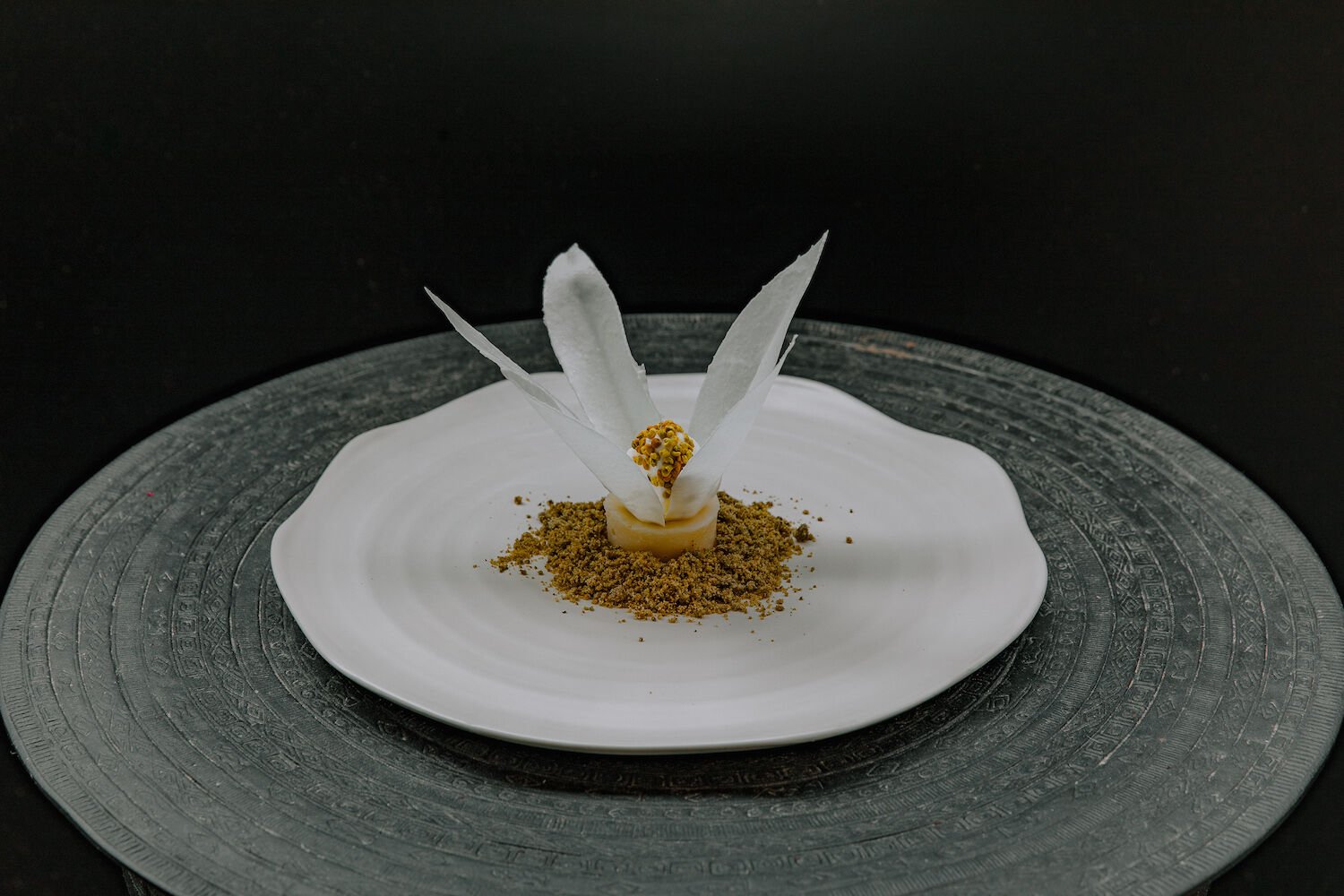
Valle, Oceanside
Photo Credit: Audrey Ma
The great thing about this extreme informalism is what it’s doing to San Diego’s casual dining scene. Since they’re not dropping wads of cabbage on designer furniture and light fixtures, great chefs are able to save money for what matters—namely, food. If we’re okay eating in a modern box whose interior decor approach is “Well, we painted,” that lowers the barrier of entry for young, cash-strapped, talented restaurateurs. You can do quality without spending a gazillion—and now customers realize that, too.
But if all we end up with is super-casual eateries that look like minimalist cafeterias or mess halls at hunting lodges, we’re being centrifuged into the unremarkable middle. We’ll become a people who never try to dress outside of themselves. What seemed like a fresh movement in the dining scene—roasted bone marrow and canard in an abandoned parking lot!—starts to feel unspecial.
Getting dressed up to go out to a formal dinner isn’t like the hand-cranked automobile. It’s not a dinosaur late for its date with extinction. It’s a model that asks for the diner to reach into their closet and be an active part of a remarkable night out, become a piece of the show themselves.
PARTNER CONTENT
I’d love to see tiny neighborhood bistros that strongly encourage me to iron a shirt. Don a mandatory wig. Something.
Or we could all just eat elk medallions loudly in our sweatpants.
